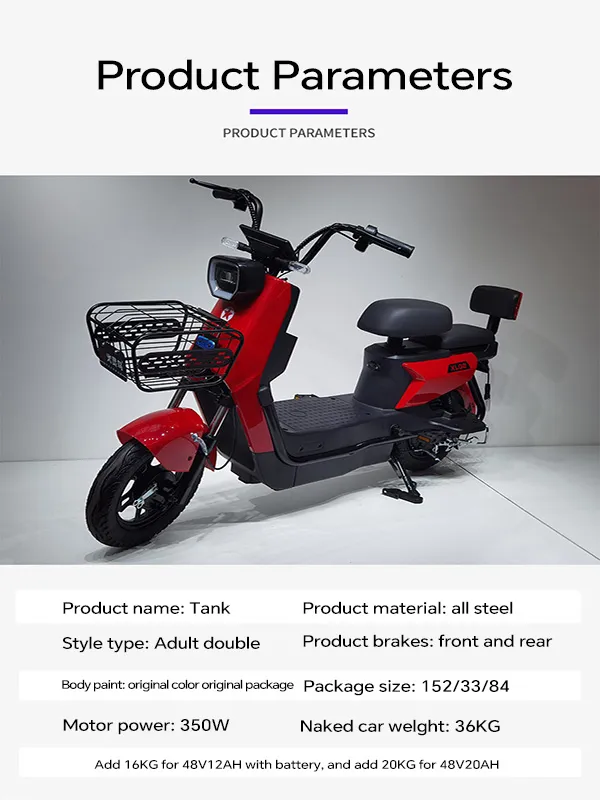
- Afrikaans
- Albanian
- Amharic
- Arabic
- Armenian
- Azerbaijani
- Basque
- Belarusian
- Bengali
- Bosnian
- Bulgarian
- Catalan
- Cebuano
- Corsican
- Croatian
- Czech
- Danish
- Dutch
- English
- Esperanto
- Estonian
- Finnish
- French
- Frisian
- Galician
- Georgian
- German
- Greek
- Gujarati
- Haitian Creole
- hausa
- hawaiian
- Hebrew
- Hindi
- Miao
- Hungarian
- Icelandic
- igbo
- Indonesian
- irish
- Italian
- Japanese
- Javanese
- Kannada
- kazakh
- Khmer
- Rwandese
- Korean
- Kurdish
- Kyrgyz
- Lao
- Latin
- Latvian
- Lithuanian
- Luxembourgish
- Macedonian
- Malgashi
- Malay
- Malayalam
- Maltese
- Maori
- Marathi
- Mongolian
- Myanmar
- Nepali
- Norwegian
- Norwegian
- Occitan
- Pashto
- Persian
- Polish
- Portuguese
- Punjabi
- Romanian
- Russian
- Samoan
- Scottish Gaelic
- Serbian
- Sesotho
- Shona
- Sindhi
- Sinhala
- Slovak
- Slovenian
- Somali
- Spanish
- Sundanese
- Swahili
- Swedish
- Tagalog
- Tajik
- Tamil
- Tatar
- Telugu
- Thai
- Turkish
- Turkmen
- Ukrainian
- Urdu
- Uighur
- Uzbek
- Vietnamese
- Welsh
- Bantu
- Yiddish
- Yoruba
- Zulu
Nov . 19, 2024 03:20 Back to list
batterie ebike
Understanding eBike Batteries Powering the Future of Cycling
In recent years, electric bikes, commonly known as eBikes, have surged in popularity, revolutionizing how we commute, explore, and enjoy recreational cycling. Central to the performance and functionality of these electric bicycles is their battery, which acts as the powerhouse that drives their electric motor. This article delves into the key aspects of eBike batteries, including types, features, care, and future advancements.
Types of eBike Batteries
The most commonly used batteries in eBikes are Lithium-ion (Li-ion) batteries. These batteries have become the industry standard due to their lightweight design, high energy density, and impressive lifecycle. They can hold a substantial charge in a relatively small and portable package, making them ideal for the compact nature of eBikes.
Another option found in some eBikes is the Lithium Polymer (LiPo) battery. While LiPo batteries are generally lighter and can provide high discharge rates, they are less common than Li-ion batteries due to their sensitivity to overcharging and the need for a more elaborate management system.
Nickel Metal Hydride (NiMH) batteries are also an option, although they are becoming less dominant in the market. They are bulkier and heavier than Lithium-based batteries, and while they are safer in some respects, they typically offer lower performance and shorter lifespans.
Features of eBike Batteries
When considering an eBike battery, several features are critical to understand
1. Capacity Measured in amp-hours (Ah) or watt-hours (Wh), this indicates how much energy a battery can store. A higher capacity means longer rides without needing to recharge.
2. Voltage Most eBike batteries operate at 36V or 48V, with some high-performance models reaching 52V or beyond. The voltage affects the power output of the electric motor, impacting the bike’s speed and acceleration.
batterie ebike

3. Cycle Life This refers to the number of complete charge-discharge cycles a battery can endure before its capacity significantly diminishes. Quality Lithium-ion batteries can last anywhere from 500 to 1000 cycles, depending on usage and care.
4. Weight Since eBikes are designed to be both electric and manual, the weight of the battery plays a significant role in overall performance and rideability. Lighter batteries tend to add less strain when cycling without assistance.
Caring for Your eBike Battery
Proper care and maintenance of an eBike battery are essential for maximizing its lifespan and performance. Here are some tips
- Charge Regularly Avoid fully depleting the battery. Instead, charge it when it gets down to around 20-30%. This habit can prolong the battery’s lifecycle. - Avoid Extreme Temperatures Both very hot and very cold temperatures can negatively impact battery performance and lifespan. Store the battery in a climate-controlled environment. - Use the Right Charger Always use the manufacturer’s recommended charger to prevent damage.
The Future of eBike Battery Technology
As the demand for eBikes grows, so does the drive for better battery technology. Innovations such as solid-state batteries promise to revolutionize the industry by offering higher capacities, faster charging times, and enhanced safety features. Researchers are also exploring alternative materials, like graphene, to create batteries that are lighter, more efficient, and environmentally friendly.
Another exciting development is the push toward modular battery systems, allowing users to swap out batteries easily as needed, which can enhance the versatility and usability of eBikes, especially on longer journeys.
Conclusion
The battery is undoubtedly a critical component of any eBike, affecting everything from range and speed to overall riding experience. Understanding the types, features, and maintenance of eBike batteries can empower users to make informed decisions and ultimately enhance their cycling adventures. As technology continues to advance, the future of eBike batteries looks brighter than ever, promising a new era of sustainable and enjoyable cycling.
-
The Ultimate Kids' Four-Wheeler Experience
NewsJul.09,2025
-
The Ultimate Guide to Mountain Bikes: Gear Up for Your Ride
NewsJul.09,2025
-
The New Age of Cycling: Electric Bikes for Every Rider
NewsJul.09,2025
-
The Best Kids Bicycles: Ride in Style and Safety
NewsJul.09,2025
-
The Best 3-Wheel Scooters for Kids: Fun, Safety, and Adventure
NewsJul.09,2025
-
Revolutionize Your Ride: Affordable Electric Bikes
NewsJul.09,2025
-
Finding the Perfect Mountain Bike for Every Rider
NewsJul.09,2025



